Eating God: on Theophagy and Cannibalism
Plus fun facts re: blood jam, Vampire Facelifts, and more
The Cauldron is a reader-supported publication exploring curious occult history and mythology, with artful nudes from SF-based photographer and mysterious gentleman Jose de los Reyes. See more of his work on Instagram.
Here comes Easter! Cue the zombie-Jesus jokes. Poor taste (heh) aside, I’ve written before about how Jesus is by no means the first god to resurrect (hello Inanna, Osiris, Dionysus, etc). He’s also not the first to be ritually consumed via sacred ceremony.
Theophagy
Theophagy is the ritual consumption of the divine, typically in the form of a symbolic animal or image, like an edible statue, the purpose of which is to commune with the god and/or receive their power. For example:
In Egypt around 3100 B.C.E., consecrated cakes were eaten as the flesh of Osiris, a chthonic god who is famously murdered and resurrected.
The Mithraic Mysteries (from around 300 B.C.E.) included a feast where participants symbolically consumed the flesh and blood of their god.
There’s reference in the Hebrew Bible (however disapproving) to women ritually weeping and baking mooncakes in honor of Dumuzi, Ishtar’s consort, around his yearly death.
During the ancient Nahuas festival celebrating the war and sun god Huitzilopochtli, devotees consumed a statue of the deity made from beetroot and human blood.
The literal meaning of sarcophagus is “flesh-eater.”
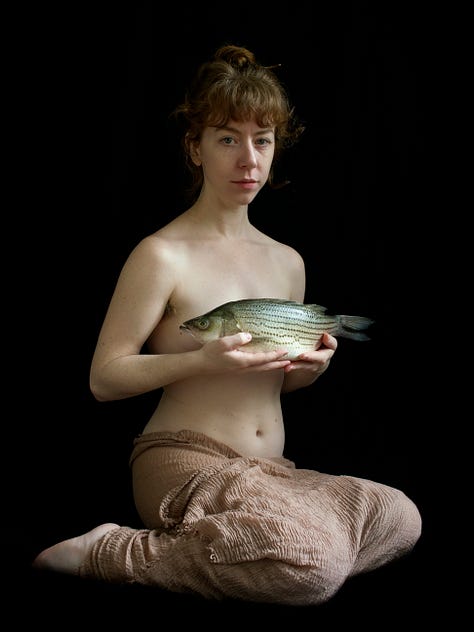
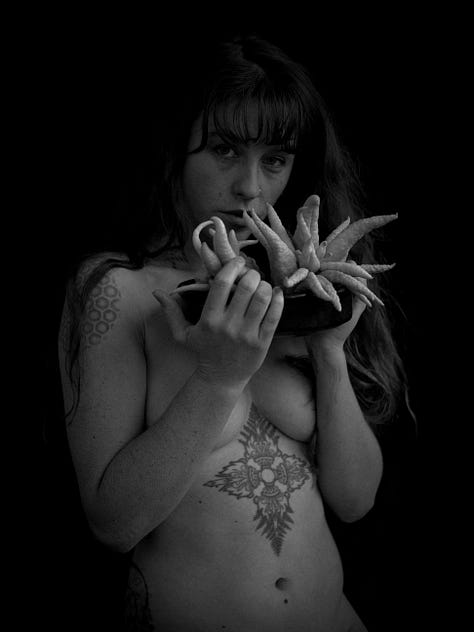
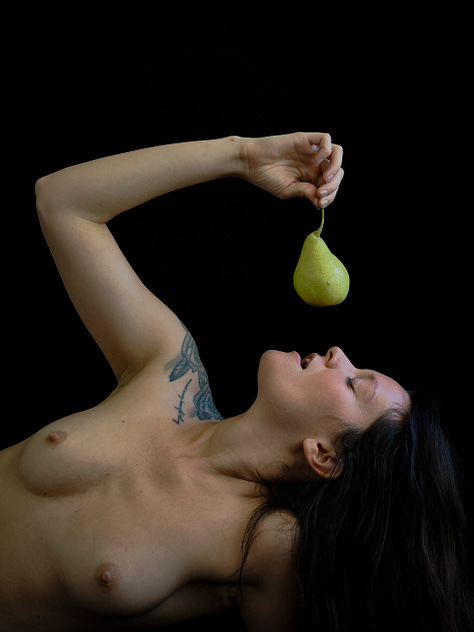
Some Context re: Cannibalism
Zombification aside, there are several motives for one human to eat another, like starvation. Then there’s exo-cannibalism: eating your enemy to dehumanize and degrade them. On the other hand, endo-cannibalism of a corpse as a sacred funeral rite is an act of supreme reverence. Context is everything, no?
Found in France, the oldest fossilized evidence of cannibalism is about 100,000 years old.
Despite all the true-crime shows, cannibalistic serial killers are pretty rare. Instead, most corpse-eating monsters are of the mythic variety. Pretty much all cultures have them, probably inspired by the disturbing but widespread experience of watching animals scavenge a body. Witches who eat people are also ubiquitous in folklore. (Are witches human? Depends who you ask.) Eating or being eaten invokes revulsion—a core tenet of horror. Thus the profane becomes sacred through ritual.
The inhuman cannibal is often “the other.” Early Christians were demonized as baby-eaters and Africans and Latin Americans saw the invading Europeans as cannibals. In fact, the famous Amistad rebellion was partially motivated by the captives’ fear the slave traders intended to eat them. In many African cultures, only evil witches committed cannibalism in order to work their magic, which says a lot about the Europeans.
Nearly always adopted from the other, like Europeans consuming bits of mummified bodies during the plunderous fifteenth century, blood, fat, and more were used in medicine for centuries. In ancient Rome, the blood of gladiators was said to cure epilepsy. A similar bloodcure was applied through the 1650’s, prompting recipes for blood jam.
Eating Magic
Some modern witches employ their own juices in their craft. Google “menstrual blood spells” for instance, and you’ll be spoiled for choice—even Teen Vogue has some ideas. In Alex Mar’s memoir Witches of America, the author describes a Thelemic ritual where participants ingested “cookies” mixed with menstrual blood and semen culled from the ceremonial leaders. There’s power in crossing these taboos; the line between the sacred and profane is razor-thin.
The sin eater appears in Welsh folklore as a figure who symbolically consumes the sins of the dead. The ritual was the inspiration for Megan Campisi’s novel The Sin Eater.
Blood Medicine
Is a blood transfusion a form of cannibalism? It depends on how you interpret “consumption.” In “The Law of Self-Eating—Milk, Placenta, and Feces Consumption,” Mathilde Cohen defines the term as absorbing and ingesting bodily fluids through a variety of means. She points out fecal matter can be donated to replenish gut flora. Breast milk can be donated too, blood transfused, organs transplanted, marrow extracted. The human placenta is found in medicine, scientific research, and cosmetics. Even blood or milk baths are still associated with rejuvenation. The Cleveland Clinic describes the “Vampire Facelift,” where your own plasma is reappropriated into your face.
And then there’s economic consumption, a force that also controls the markets for bodies and their parts. The slave trade—a literal industry of bodies—is perhaps the most horrific example of the market’s appetite.
Feminist icon Lilith is an ancient demon who pops up in Hebrew and Islamic texts. But her origin is actually Sumerian/Akkadian: she features as a pest in the coming-of-age myth of the goddess Inanna/Ishtar. In fact, her name comes from the lilu, a class of Sumerian demons. Before her feminist revision, Lilith was seen as a succubus and a baby-eater–even an early vampire, some say. Perhaps the very first.
So, does theophagy = cannibalism? Depends who you ask. Christians, particularly Catholics, are sensitive to mischaracterizations of the Eucharist, lest their faith be conflated with something pagan. When you consider the history of assigning cannibalism to the “other,” the inherent prejudice in this defense becomes a bit more apparent. Following this line of thinking, theophagy is “savage”— an unenlightened practice.
But what if it isn’t? What if it’s a long-standing and pervasive ritual, one of the most sacred ever enacted precisely because it is taboo, and not in spite of it? When we spiritually cross that boundary, we experience the most sacred of communions. There’s power in the gross, in other words, sometimes literally: absorbing someone else’s blood or meat might save your life, or your spirit.





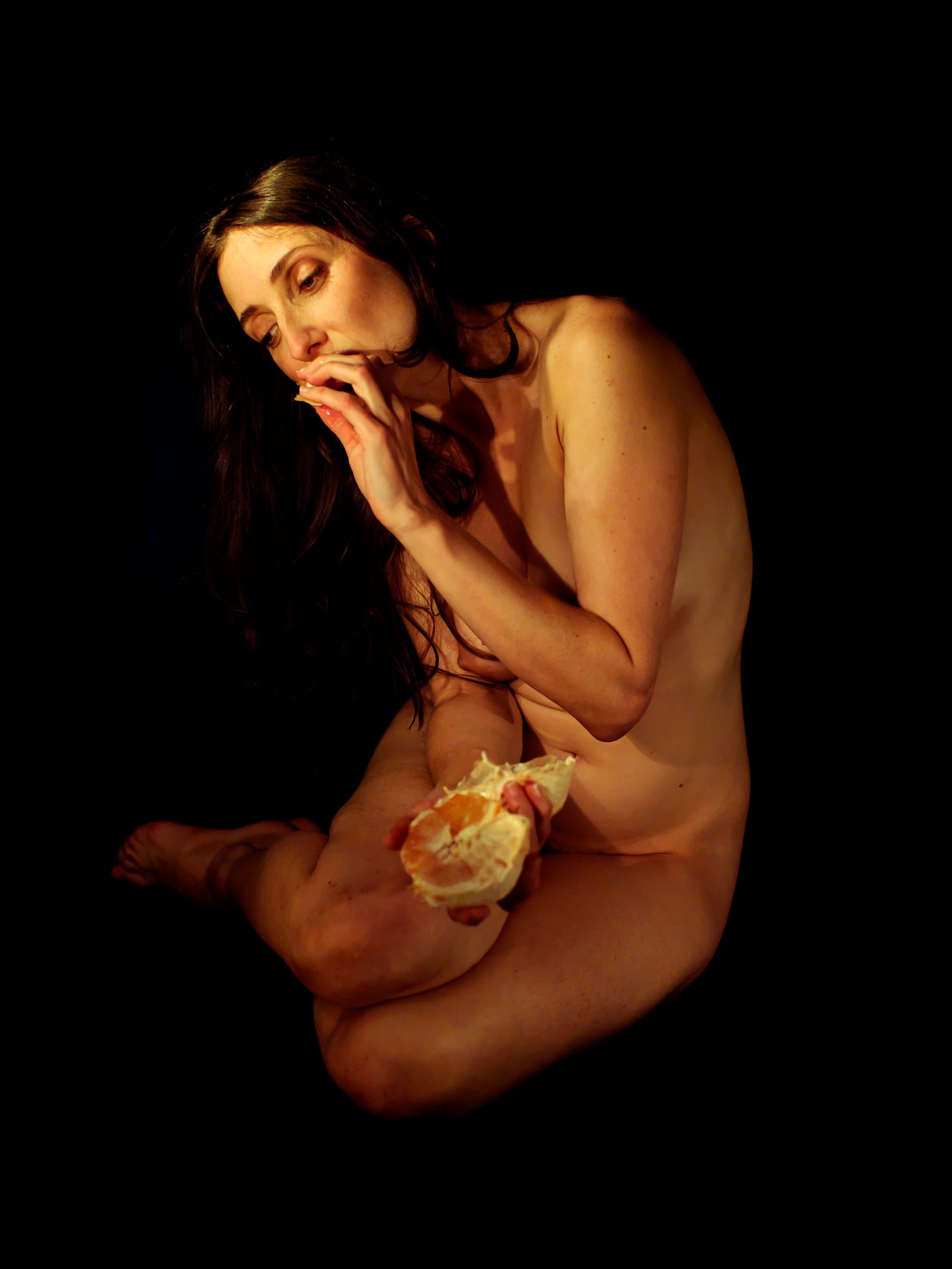
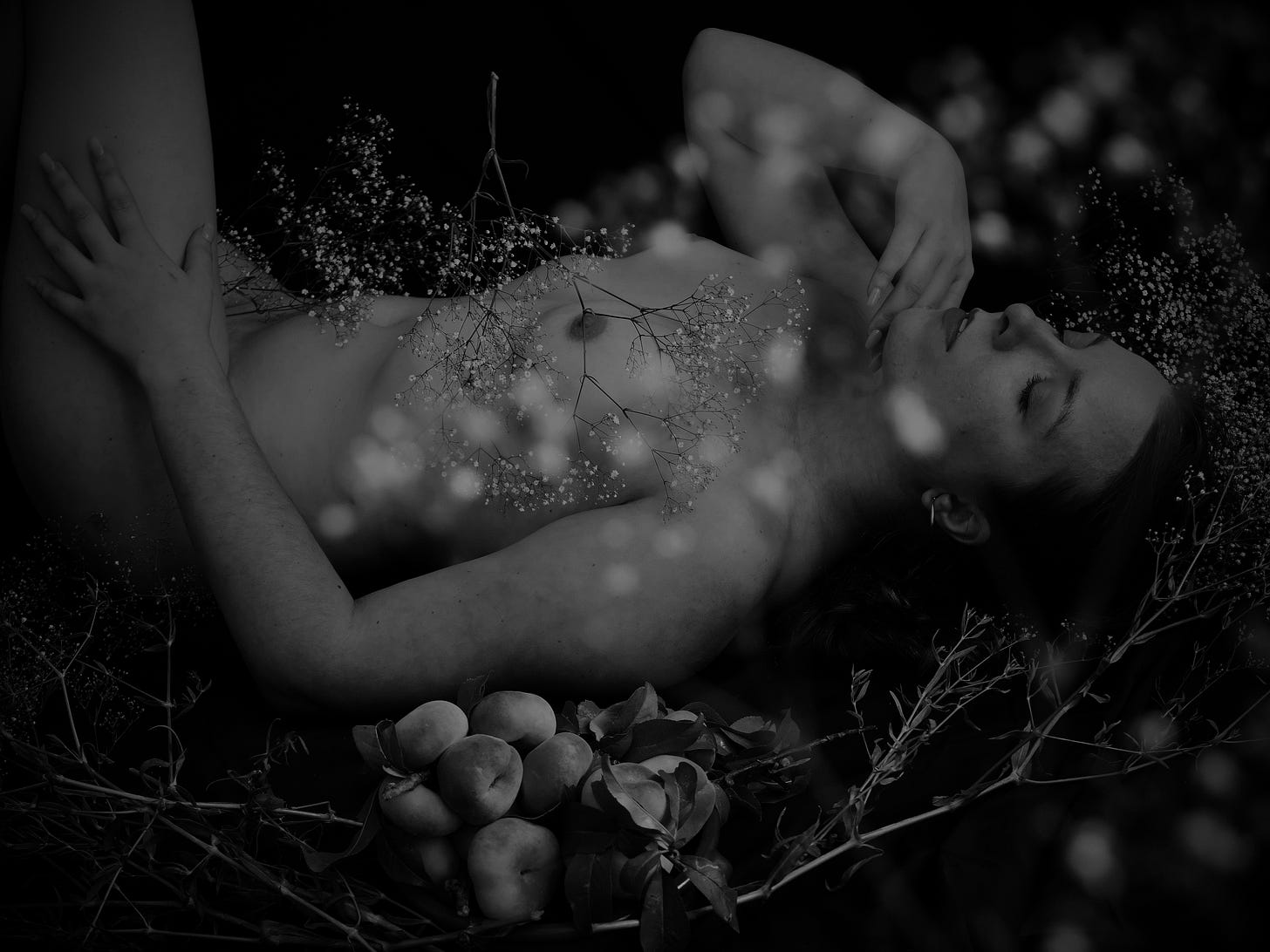


I like the idea of thinking about theophagy as so sacred because of it being taboo, especially in the context of the Eucharist in Catholicism. Growing up religion, I took part in communion - but was always reminded that the grape juice and crackers were just representations of Jesus, not actually his flesh and blood. Catholic Eucharist always seemed to be a more sacred practice, especially because it often excludes non-Catholics. Ah, so much to think about here!!!